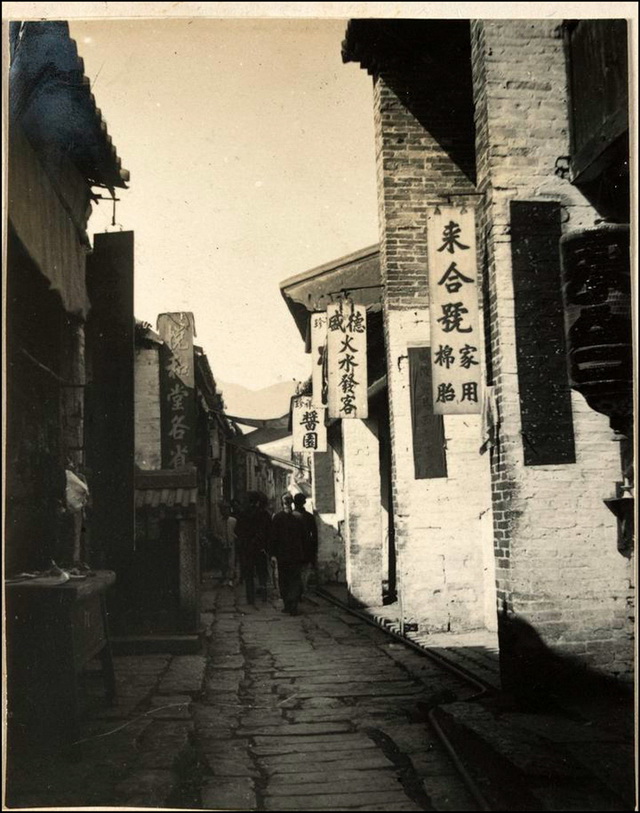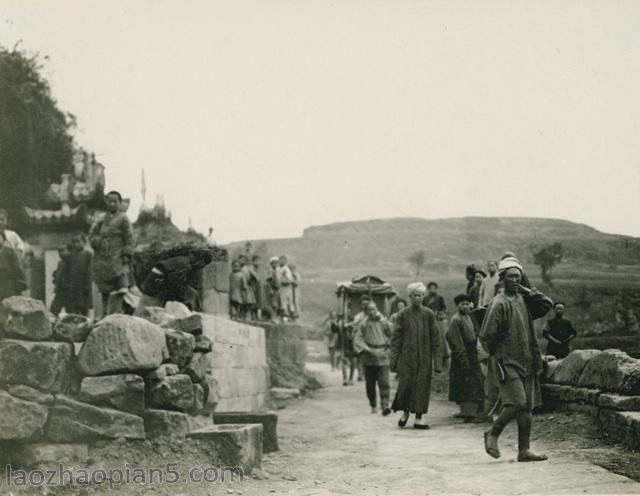[Da Chongguang Cursive Script Five-length Poetry Axis]
Five-length Poetry Axis, Qing Dynasty, Da Chongguang Script, damask, running cursive script, 242.8cm in length and 52.5cm in width
Commentary:
Better than ever, don’t forget what to say. Once the river breaks up, the mountain wins two books. Love grows old with the hedge chrysanthemum, and autumn grows old with the old friend. Yan Xu had no order, and his name was down to the beginning of his prosperity. A friend of Chang’an wrote a book for Ranqu’s old grandfather, who laughed at the government. Da Chongguang, the younger brother of Wang Gang
The next seal: “Da Chongguang Seal”, “Jingshe in the gang”, and “Jiangshang Foreign History”. The initial seal is “Huayi □ Master”. The seal is “treasured by the minister”
The five-character poem axis is a five-character poem written by Da Chongguang to Ranqu. Ranqu is Wu Zhan, whose name is Boqi, and his name is Ranqu. He is a native of Suiyang (now Shangqiu County, Henan Province), a scholar of the Qing Dynasty, and a scholar in the 15th year of Shunzhi in the Qing Dynasty (1658). He once worked as an official in Zhenjiang, the hometown of Da Chongguang. Tang Bin wrote for him the “Annals of Ranqu Wu Cemetery, a common knowledge of coastal defense in Zhenjiang Prefecture, Jiangnan”. Wang Wenzhi, a famous calligrapher from Da Chongguang’s hometown, commented on Da Chongguang’s calligraphy “from Zhang Cao to Su and Mi, which are not familiar with. The style of the calligraphy is superb, and it has the air of flying clouds.”. Da Chongguang lived in an era when Dong Qichang’s style of calligraphy was most popular. The whole country was in the fashion of worshiping antiques, while Da Chongguang’s calligraphy emphasized imitating the ancients, especially the use of pens. Da Chongguang’s calligraphy pays more attention to the use of the brush. In his book “The Book Raft”, he said: “The hair of the horizontal painting (starting the brush) is upward, the hair of the vertical painting is downward, the hair of the left hand is heavy, and the hair of the left hand is light…” This work is characterized by round strokes, flexible and natural strokes, imitating Mi Fu, and the letter is free of ink. The lines are full of calm and elegant charm.
![图片[1]-Da Chongguang’s cursive pentameter scroll-China Archive](https://chinaarchive.net/Qing dynasty/model calligraphy/8671[1024].jpg)





![[Qing Dynasty] British female painter—Elizabeth Keith, using woodblock prints to record China from the late Qing Dynasty to the early Republic of China—1915-China Archive](https://chinaarchive.net/wp-content/uploads/2022/11/image-191x300.png)